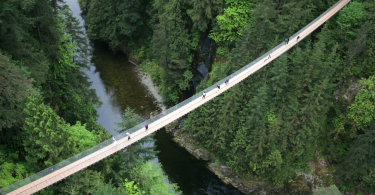Monkeys are a diverse and fascinating group of primates that are found in a variety of habitats around the world. They are known for their intelligence, agility, and social behavior, and have been the subject of study and fascination for centuries.
In this essay, we will explore the different types of monkeys, their behavior, and their role in the natural world.
There are over 260 species of monkeys, divided into two main groups: Old World monkeys and New World monkeys.
Old World monkeys are found in Africa and Asia, while New World monkeys are found in Central and South America.
The two groups are distinguished by their physical characteristics, such as the shape of their noses and the placement of their nostrils.
Monkeys are known for their intelligence and their ability to adapt to a variety of environments.
They are social animals that live in groups and communicate with each other through a variety of vocalizations and body language.
They are also known for their dexterity and agility and can move quickly and gracefully through trees and other obstacles.
One of the most fascinating aspects of monkey behavior is their use of tools.
Some species of monkeys have been observed using sticks and stones to obtain food or to defend themselves from predators.
They are also known for their ability to solve problems and to learn from experience, which has led to their use in medical research and other scientific studies.
Monkeys play an important role in the natural world, both as predators and as prey. They are omnivores, feeding on a variety of foods including fruits, nuts, insects, and small animals.
Some species of monkeys, such as the capuchin monkey, have been observed using tools to crack open nuts or to obtain insects from hard-to-reach places.
Monkeys also serve as an important food source for predators such as jaguars, leopards, and eagles, and play a vital role in the ecosystem.
Unfortunately, many species of monkeys are threatened by habitat loss, hunting, and other human activities.
Deforestation and the destruction of natural habitats have led to a decline in monkey populations around the world, and many species are now listed as endangered or critically endangered.
Humans need to take steps to protect these valuable and fascinating animals, both for their own sake and for the health of the ecosystems in which they live.




